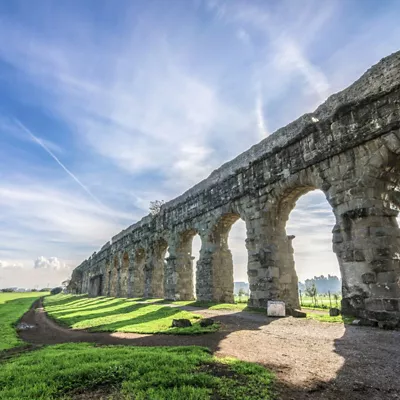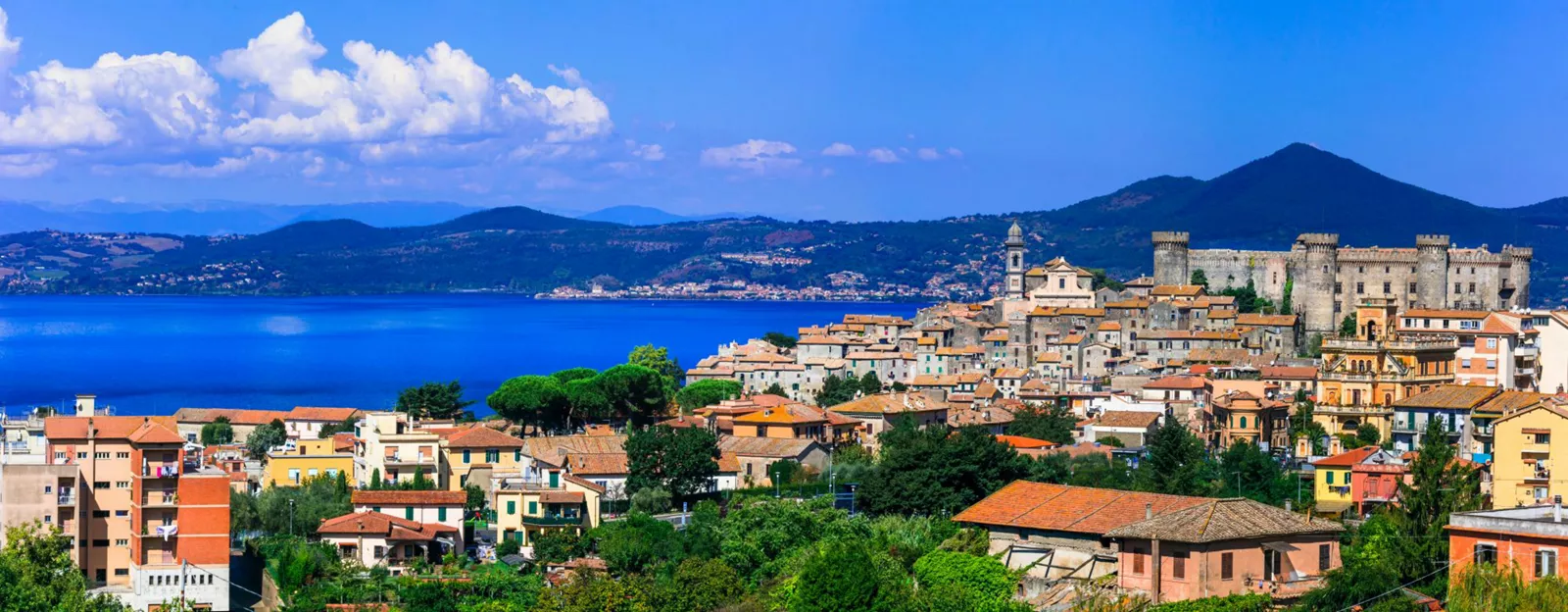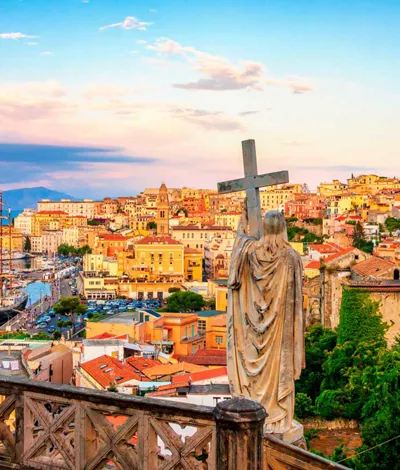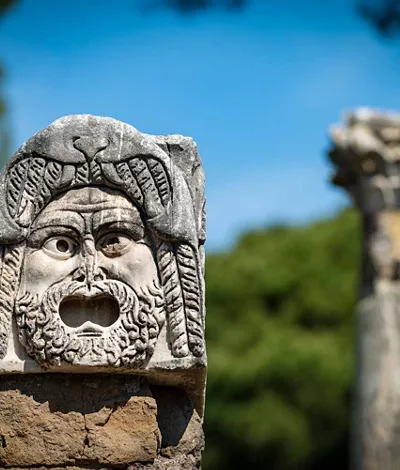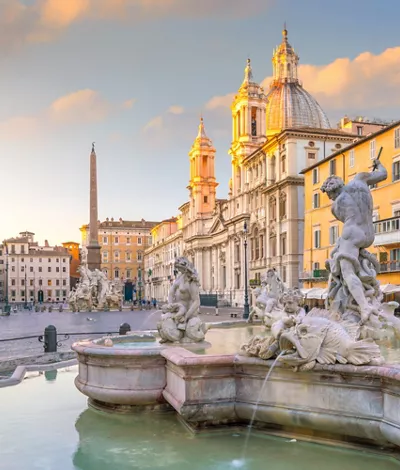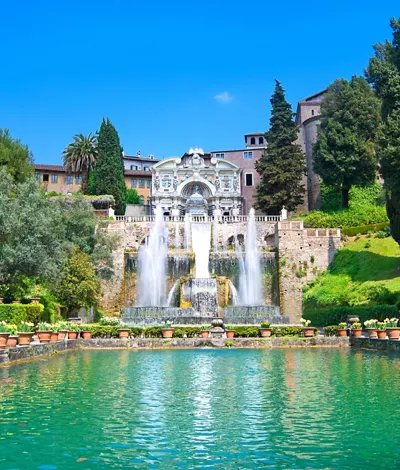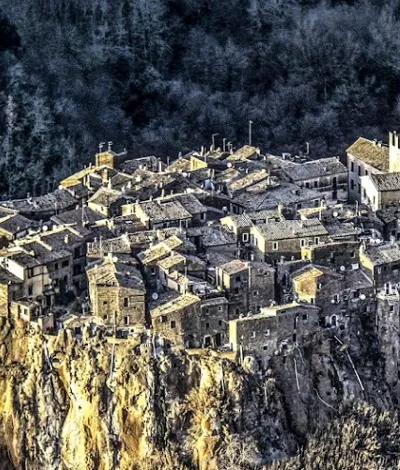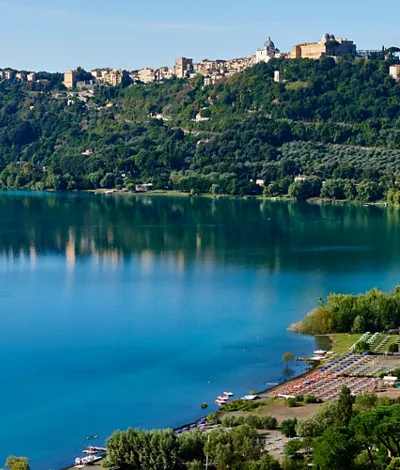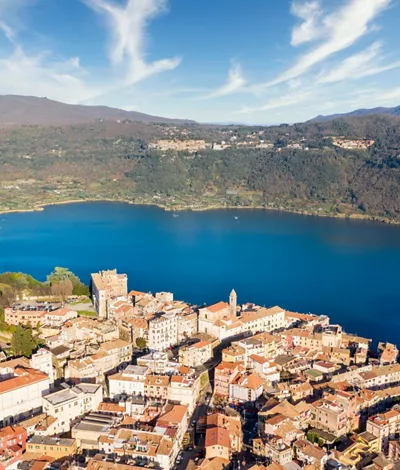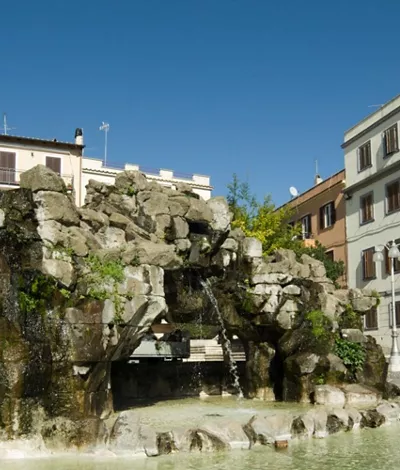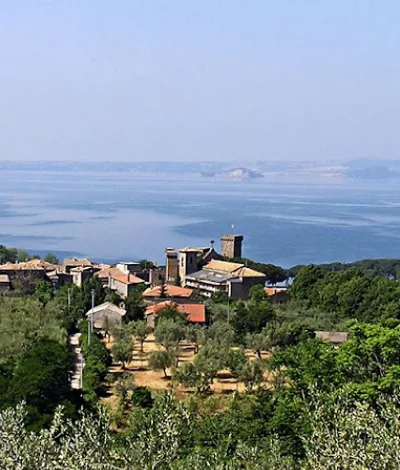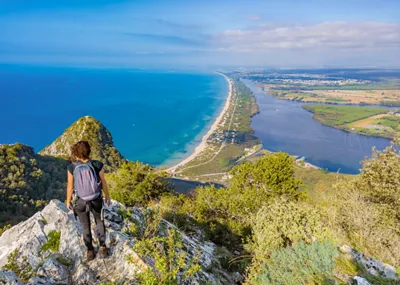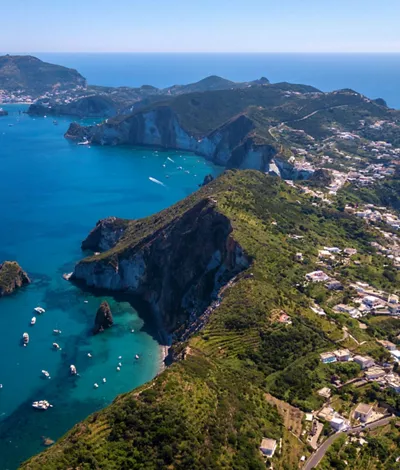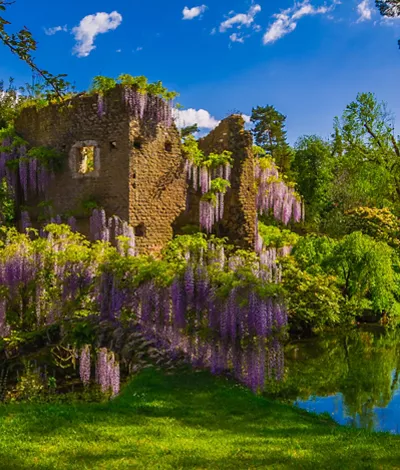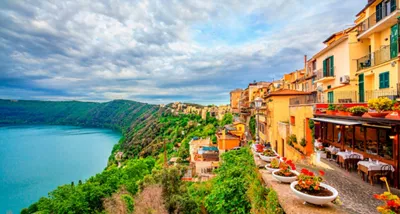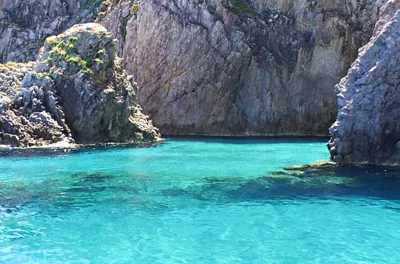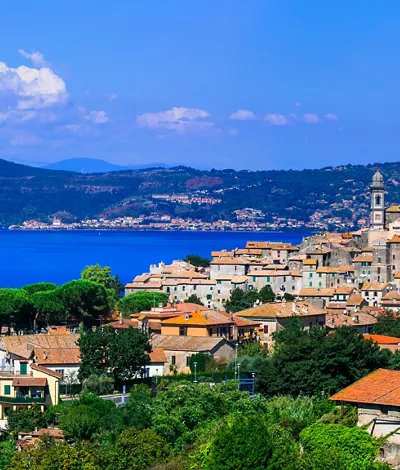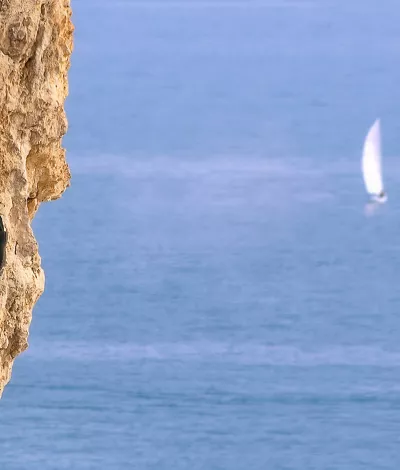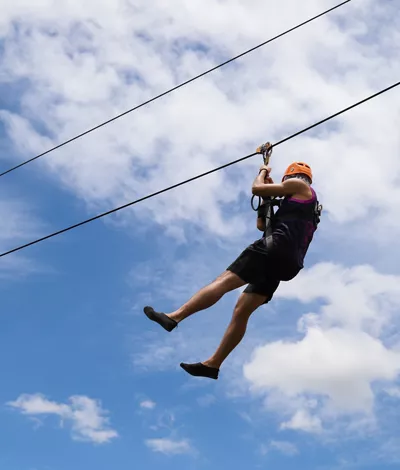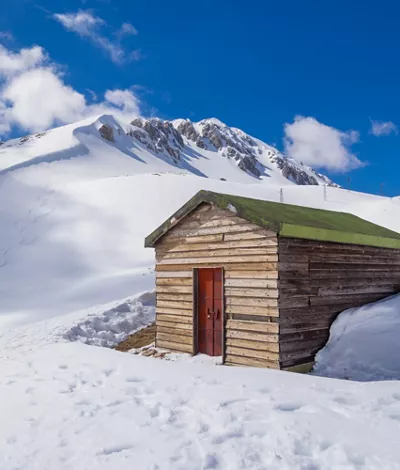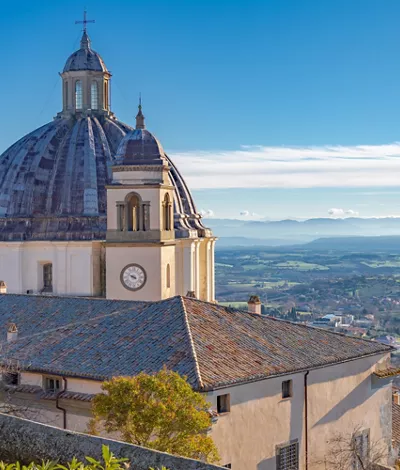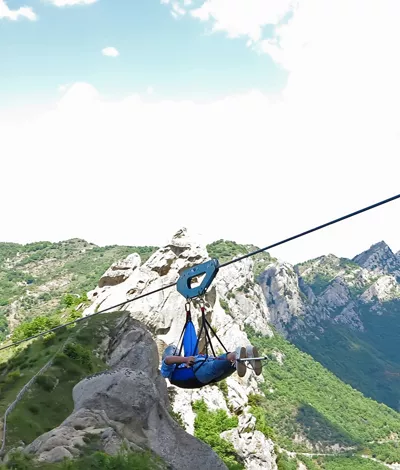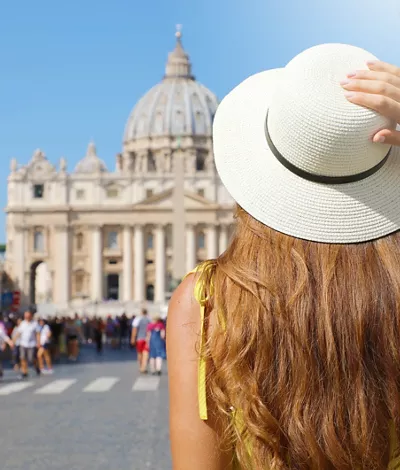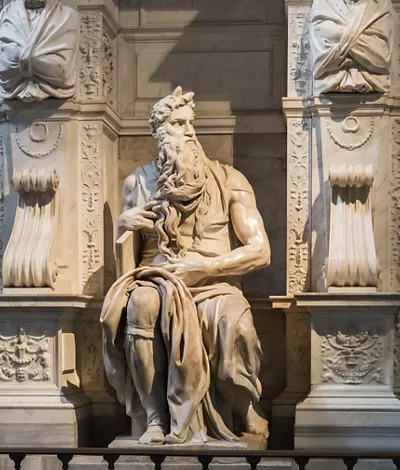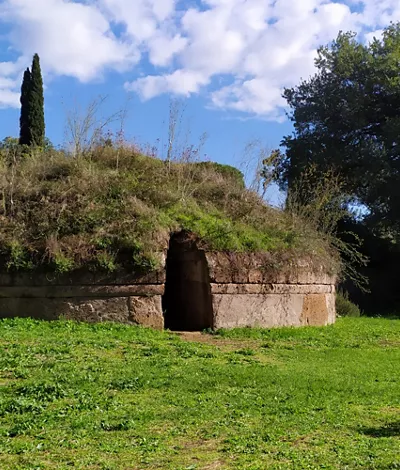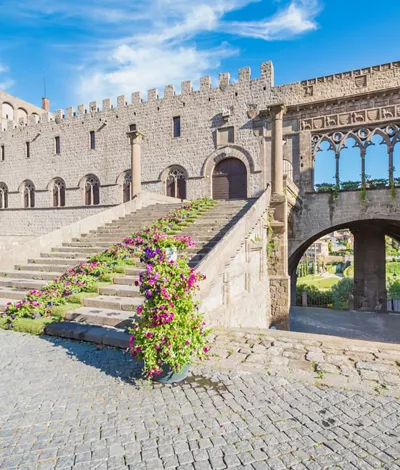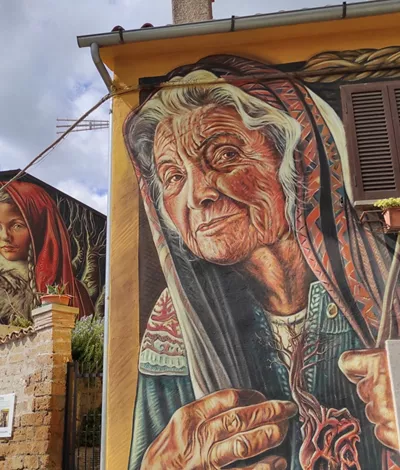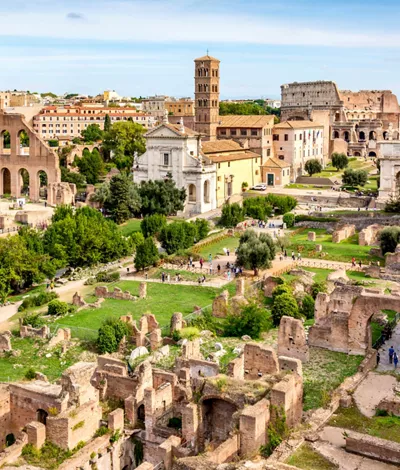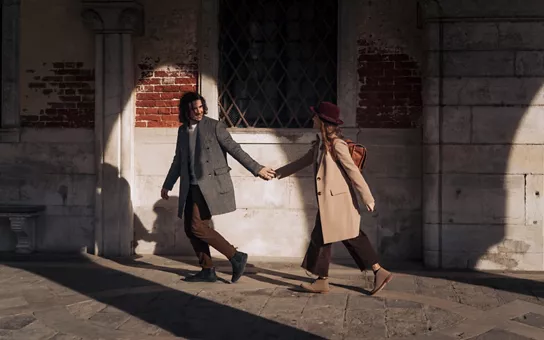Lazio is not only Rome: landscapes and monuments of Lazio
Rome, the capital of Italy and a unique open-air museum in the world, is enough to make Lazio one of the most beautiful and interesting regions. Even in terms of landscape, it boasts an area of great impact and remarkable variety, with its long coastline, beautiful hills and Apennine mountains. A destination to fall in love with.
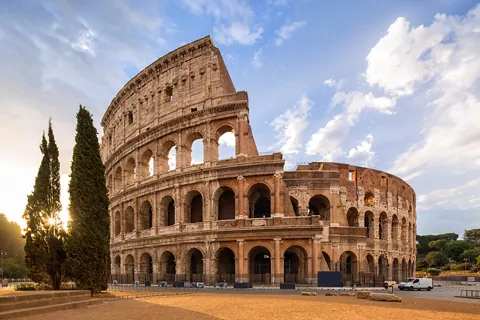
Rome
She never hides her years, but still wears them well: after all, Rome is the Eternal City. A walk through the streets of Rome is a stroll through History with a capital H. One of the most popular tourist destinations in the world, it offers and almost demands endless new discoveries, thanks to the enormity of its artistic heritage. As a matter of fact, it is home to two capitals in one city: the Italian capital and the home of the Pope in the Vatican, a place of universal pilgrimage to St Peter's Square.
Discover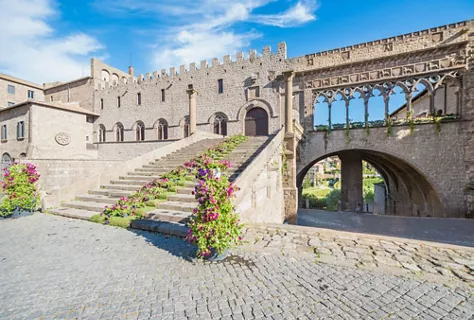
Viterbo
Viterbo and surroundings The province of Viterbo lies in the Tuscia region, in northern Lazio. Renowned for its natural beauty dotted with Etruscan and Roman remains, this area also offers villages and towns perched atop hills. You can begin your exploration in Viterbo, the City of Popes. After admiring the majestic Palazzo dei Papi and the San Pellegrino quarter, you can enjoy a relaxing afternoon at the spa. Among the local villages, we recommend visiting Bagnaia and the magnificent Villa Lante with its Italian-style gardens, the medieval Caprarola with its impressive Palazzo Farnese, and the abandoned villages of Celleno and Civita di Bagnoregio, “the dying town”. Not forgetting Sutri, perched on a tuff cliff. Further down is ancient Sutri, with a Roman amphitheatre and necropolis. Be sure to visit Bomarzo, famous for its Sacred Grove, nicknamed the Park of the Monsters, with sculptures of mythological and grotesque creatures. For nature walks, check out the volcanic Lake Vico, a nature reserve surrounded by the Monti Cimini hills, or the shores of Lake Bolsena. To explore the area’s Etruscan origins, head to Tarquinia. Today it is a medieval village, but it preserves splendid Etruscan treasures, like the Monterozzi Necropolis with tombs cut into the rock decorated with frescoes.
Discover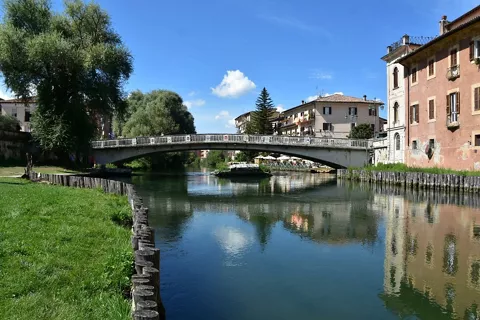
Rieti
In the footsteps of the Sabatini In the most authentic heart of Lazio, the province of Rieti stretches between rivers and lakes in a predominantly mountainous territory, surrounded by the Sabini and Reatini Mountains. Located in the north-east of the region, it borders, along the Tiber, the province of Viterbo, the capital and the region of Umbria. Unspoilt nature amidst parks and protected areas, history and ancient traditions, Franciscan sanctuaries, fortresses and castles come together in a province whose origins go back to the times of the ancient Italic people of the Sabines. Visiting the towns and villages that characterise the area is an experience not to be missed. Take a tour around the town of Sabina and be sure to visit the Abbey of Farfa, an ancient monastery named after the nearby river Farfarus. The regional capital, Rieti, is also called “the navel of Italy” due to its geographical location. Dominated by the summit of Terminillo, it is an excellent tourist destination particularly appreciated for its tranquillity and beauty. Among the monuments and main places of interest is the Basilica Cathedral of Santa Maria Assunta. Once you have finished exploring the surroundings, refresh yourself with traditional cuisine. Typical dishes include spelt with Leonessa truffles, strangozzi alla reatina and sagne scandrigliesi.
Discover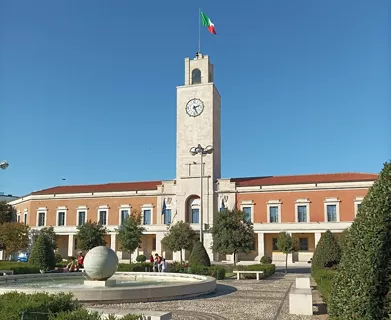
Latina
Testimony of 20th-century Italy The city of Latina lies in the heart of the Pontine Plain. Once known as Littoria, it still boasts rationalist architecture, bearing witness to the history of 20th-century Italy. The most iconic example is Palazzo M, built in the shape of Mussolini’s initial. For panoramic views of the city, you can climb the 32-metre-high civic tower. The province offers unexpected surprises: medieval villages, cliffs, caves and the beautiful Circeo National Park — what it lacks in size it makes up for in flourishing flora, fauna and architectural gems, like the ruins of the Villa di Domiziano. Near the capital are the towns of Formia and Gaeta. The latter still boasts an intact medieval historic centre (Gaeta Vecchia) and the Angevin-Aragonese Castle. We also recommend visiting the town of Sperlonga, on the Ulysses Riviera, surrounded by crystal-clear waters, with caves and breath-taking views around every corner. Don’t miss the Gardens of Ninfa, where plants grow among the ruins of an abandoned city. From the mainland, you can reach the Pontine Islands in a couple of hours by ferry. Ventotene, Ponza, Palmarola, Gavi, Zannone and Santo Stefano offer crystal-clear waters, beautiful beaches and wild nature.
Discover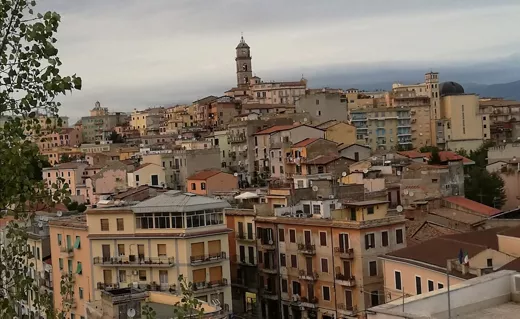
Frosinone
A thousand-year-old city, among ancient Roman ruins and traces of papal history Between Rome and Naples, Frosinone is a city with a history dating back thousands of years. Traces of its glorious past can be found at the Roman Amphitheatre built in the 1st-2nd century AD, the town’s archaeological museum and the Tomb of Sant’Angelo in Maniano. The province, known as Ciociaria, is home to countless picturesque villages steeped in history, as well as natural areas such as Lake Canterno, also known as the “ghost lake”, due to its karst origin dating back to the early 19th century. We also recommend stopping by the Monti Simbruini Regional Park, a protected natural area where mountains, majestic panoramas, valleys and rivers reign supreme. Fumone, home to the Rocca Longhi De-Paolis castle, is famous not only for having served as the prison and place of death of Pope Celestine V, but also for its extraordinary, 800-metre-high hanging garden, the highest in Europe. Another location closely linked to papal history is Anagni, remembered in books for the famous, humiliating “slap” inflicted by Philip IV of France on Pope Boniface VIII in 1303. Ferentino is also worth visiting, with its spectacular remains of megalithic walls, which have been attributed to the Cyclopes due to their sheer scale.
Discover
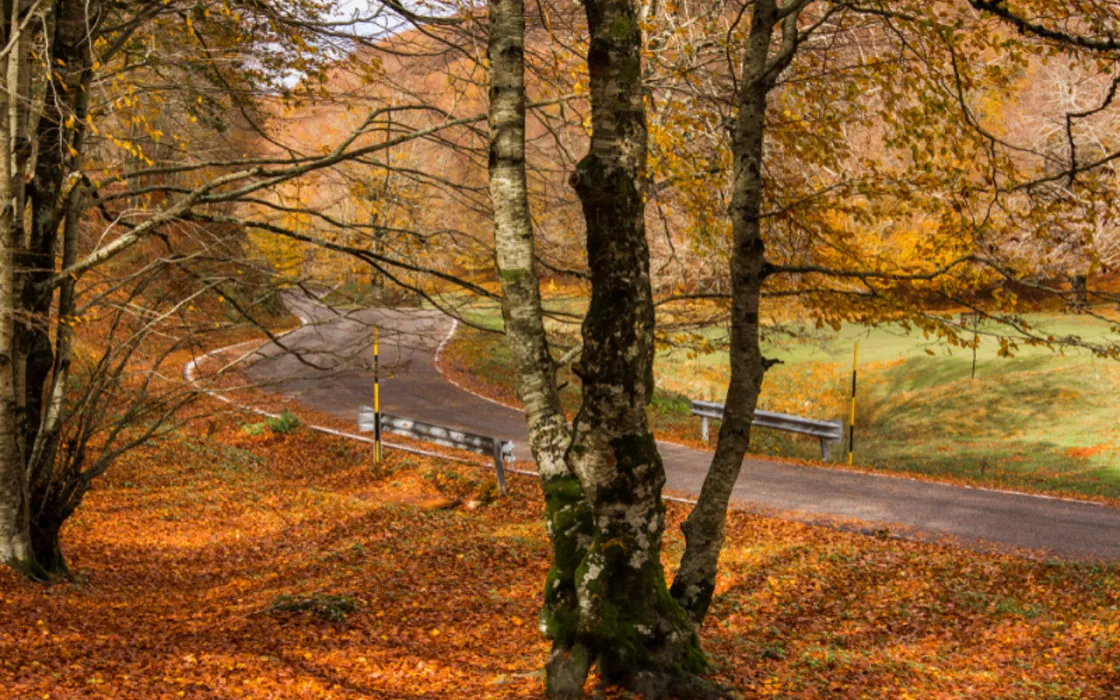
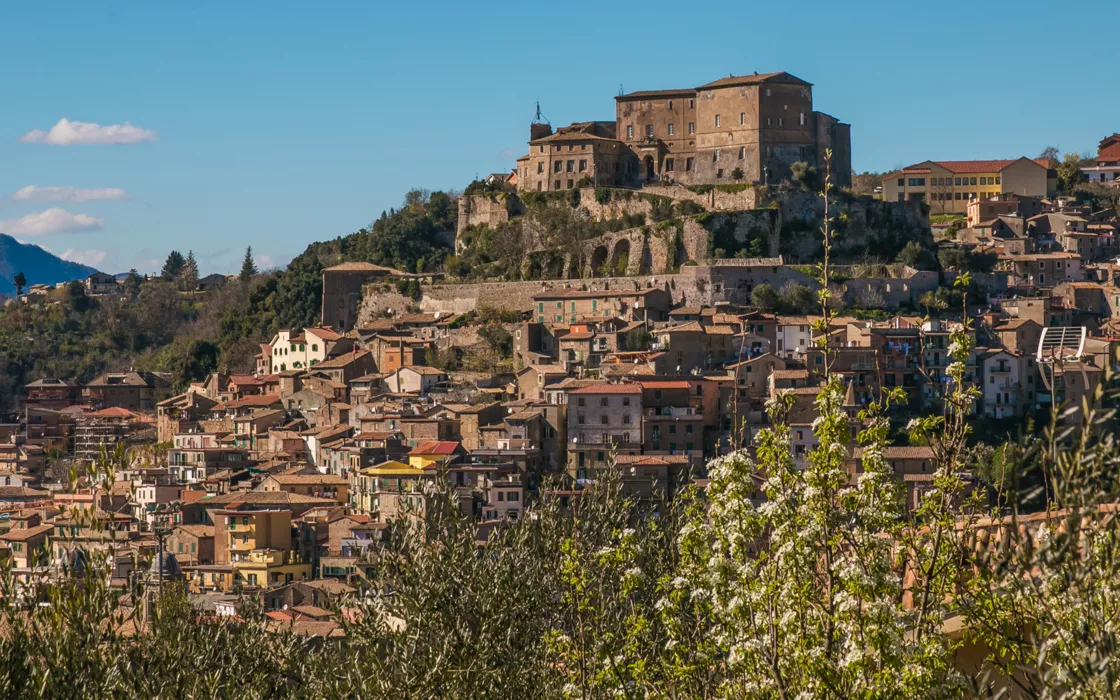

A day cycling in the Simbruini Mountains Natural Park, a stone's throw from Rome
Learn more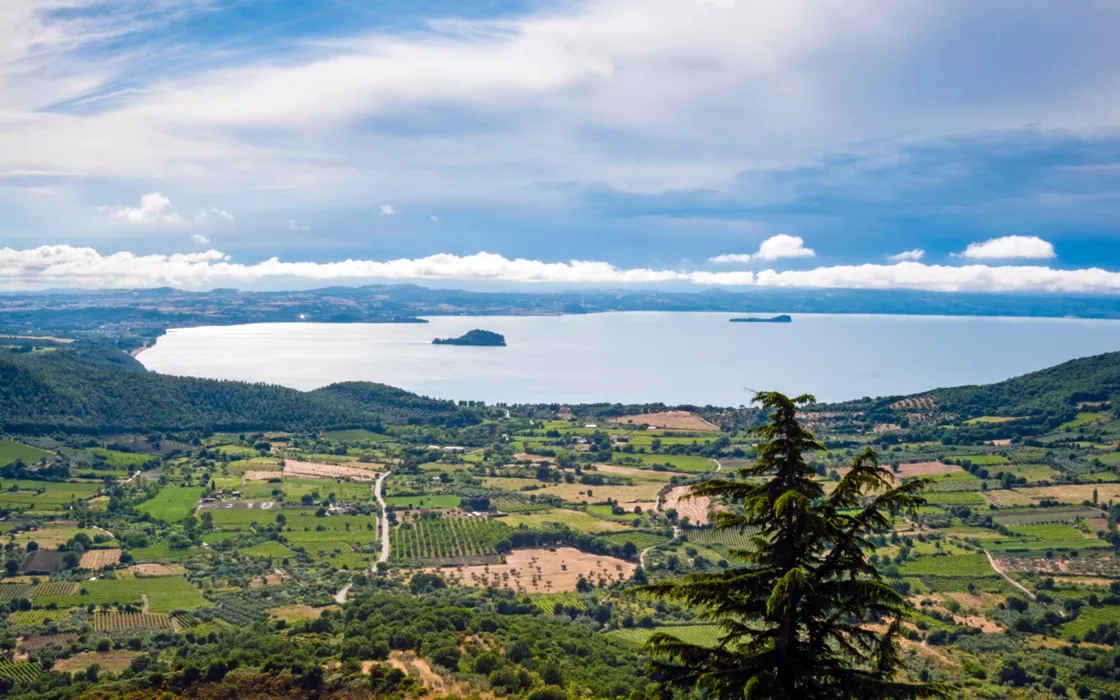
The capital region that amazes with its history and beautiful landscapes
Lazio is home to some of the most important monuments of Roman civilisation, but it is also a wonderful destination for those who want to experience its sea or its countryside, dotted with picturesque villages and charming towns. And then there's them, Lake Bracciano, the Aurunci Mountains and the Circeo National Park, making Lazio an amazing nature destination.
